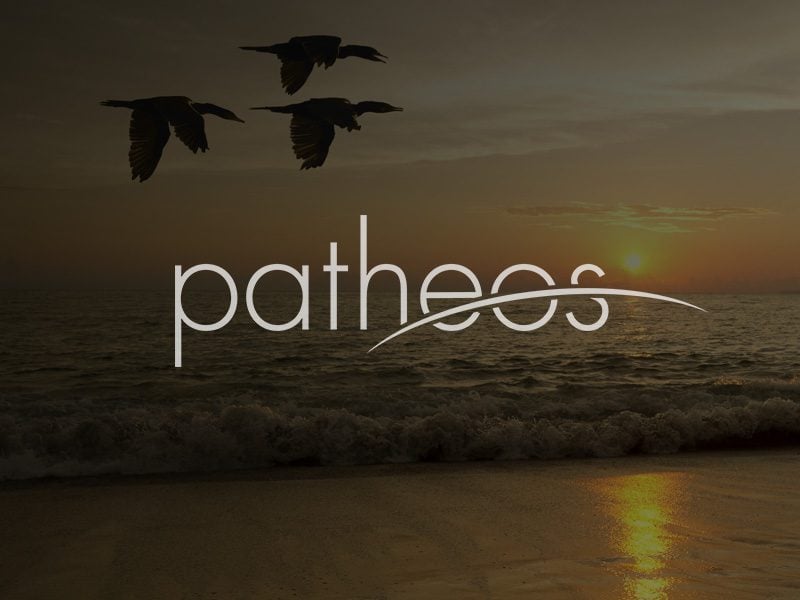Recently I gave a talk at a Christian college about the contemporary mating market, and found myself in a conversation afterward with two women students and an administrator. I had mentioned during the talk that it was suboptimal for the mating market that a significant share of Christian men, frustrated by their own penchant for porn, had come to altogether problematize their sex drive and take themselves off of the mating market as being “damaged goods,” unsuitable for a woman. While the share of them that perceive themselves this way is unknown, and probably not large, it nevertheless cannot but cause further problems for the relationship prospects of women, since it means fewer men in the mating pool (at least for some time), thereby giving more power to the (minority of) remaining men to negotiate romantic relationships in ways they wish. In that sense, it should function like elevated male incarceration rates do in altering the relationship dynamics in the African-American community. Bottom line—when more and more men are considered less and less marriageable, this sex-ratio disparity tends to spell greater and greater problems for women in how they conduct their relationships.
Be that as it may, one of these young women declared to me that she knew more women who watch porn than men who did the same. While I know the data well enough to know that would not hold at a population level, it was true in her world and she was convinced that the sex drive of women thus exceeded that of men. Again, won’t hold at a population level.
But I know better than to shrug off her statement as simply incorrect. She was telling me something—that women her age were into porn at rates that people around her underestimated. I heard a similar story at another Christian college several months prior, where a counseling center employee made a comparable remark. So that prompted me to go to the data—to the NFSS data, that is, source of all things interesting and controversial. It’s nationally-representative, has a large sample, and can speak to what’s going on among young adults in America. What did it have to say about women and porn use? In a nutshell, the student is on to something. Just what it means, however, and how consequential it may be is more difficult to say.
I took the sample of unmarried 18-39-year-old women and split them into three age groups: 18-23, 24-32, and 33-39. When asked to report how often they tended to “view pornographic material (such as internet sites, magazines, or movies),” 21 percent of the youngest group of women reported doing so at rates exceeding more than once a month, up from 14 percent among 24-32-year-olds and well above the 8 percent among 33-39-year-old unmarried women. If we limited it to “every day or almost every day” porn usage, their numbers remain lower than among younger unmarried men (who clock in at 6.7 percent), but the age distinction still holds (3.9 percent among the youngest women, while around 0.5 percent among the older two groups). And the difference between 7 and 4 percent is not so stark. (Moreover, if social desirability bias is at work here—and it likely is—I would expect it to be more pronounced among women than men, thus lowering their likelihood of indicating elevated porn use rates.)
But if porn use is simply tied to sex drive, we should see greater use among older women here. Indeed, when asked whether they were “content with the amount of sex you are having,” the older two groups were far more likely to say no (43% and 41%, vs. 25% among 18-23-year-olds). And the correlation between actual reported frequency of sex and porn use is highest among the oldest group of women, reinforcing the standard explanation that—unlike men—women typically use porn-and-masturbation to augment sex, rather than replace it. So that standard explanation here fits the oldest group just fine, but not the youngest group. Actual sex and porn use are altogether unrelated among the youngest women.
What does this all mean? That’s a far more challenging thing to discern. Here are a few hunches, more speculations than anything else.
First, by their greater uptake of porn young women are acting more like men than women just 10-12 years older than them. But they don’t seem more or less permissive in their attitudes about uncommitted sex than women in their upper 20s and 30s. And their frequency of sexual behavior doesn’t seem strikingly different. Yet among the youngest group of women, the correlation between porn use and recent masturbation is twice as large as it is among the oldest group of women. (For men, the connection is, of course, very strong.) Again, the point is that the youngest women mirror men more than do women in their 30s.
Second, back to the basic question: why the greater uptake of porn among younger women? Here is where speculation is difficult to avoid. The easiest answer is that they’ve had more long-term exposure to porn’s availability, and perhaps less social desirability concerns about using it, then have the oldest women in the NFSS. In other words, it’s more normal to them than to others older than they are. But exposure need not mean attraction and uptake. Classically, the pursuit of porn was simply far more common among men than women, and that still remains true. So does this mean that women who watch it are somehow more sexually jaded—however defined—than men who do the same, simply because it’s more uncommon among women than men? Well, it is certainly worth inquiring (via interviews, perhaps) about their motivation for porn use. Heterosexual men are, on average, attracted to naked women. (File that in the “obvious” folder). Are women, on average, increasingly attracted to naked men? What sort of porn are these 21 percent consuming? (That, I should add, is a question seldom asked of anyone.)
Third, some speculate that women’s porn use is not the solitary thing that it often is for men, who typically use it as an aid in masturbation. Here too, the conventional wisdom is not absolute: whereas 92 percent of men who said they watched porn daily (or nearly daily) also said they had masturbated within the past day, only 40 percent of women who did so reported the same (well above the overall “yesterday or today” figure of 20 percent among women who ever have masturbated; for the record, 29 percent of women said they never have). So there is not nearly the linear association between porn and masturbation among women as among men. But a connection is no doubt present.
Here endeth the speculation. What can be known with confidence, however, is the basic message: porn use is notably higher among the youngest adult women than among women in their upper 20s or 30s. Duly noted. Consequential? Quite likely. How so? Not sure. But if porn use undermines classic ideas about marriage—such as sexual fidelity and relationship permanence—then it stands to reason that greater porn use among women should undermine those marital values. That much is certainly true: women who say they never watch porn are the least likely to report having cheated on a romantic partner and most likely to disagree with statements like “traditional marriage is outdated.” Makes sense.












